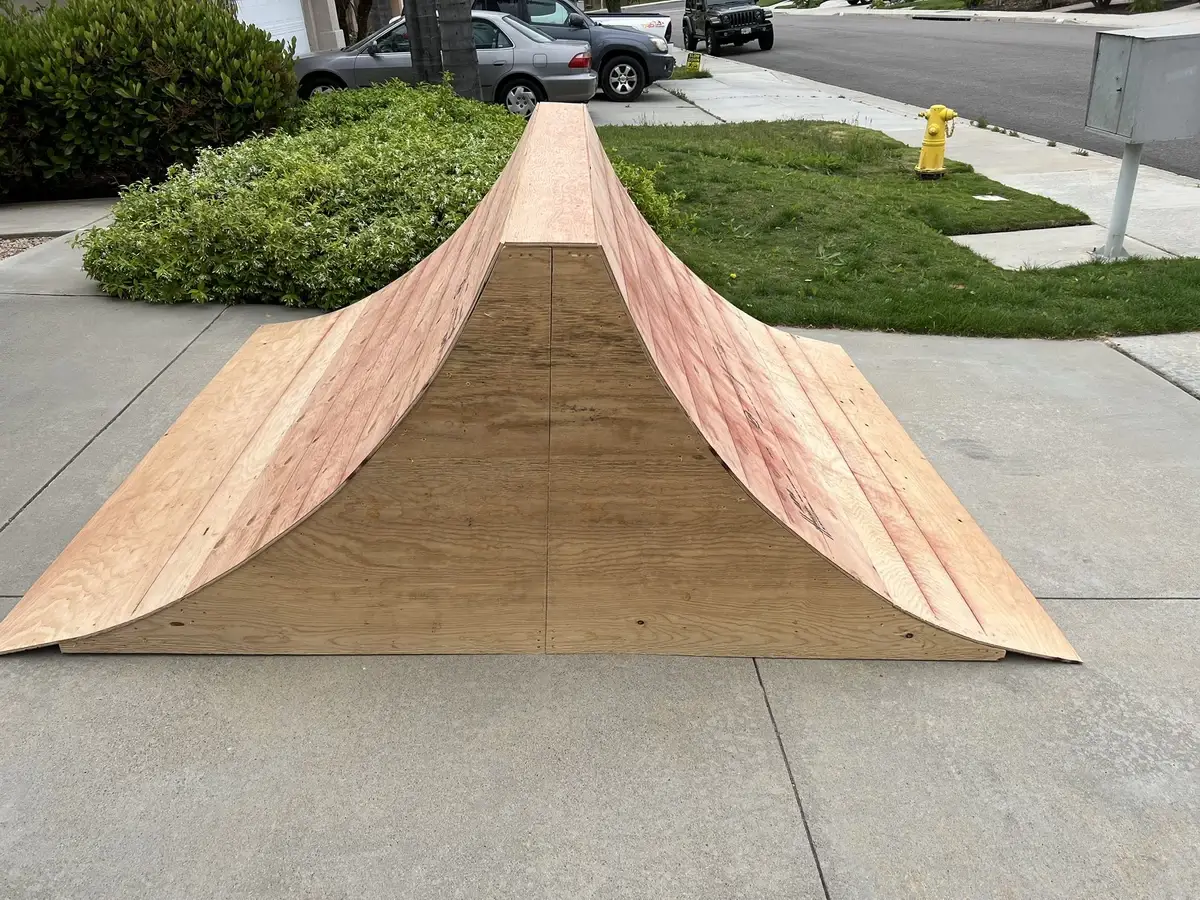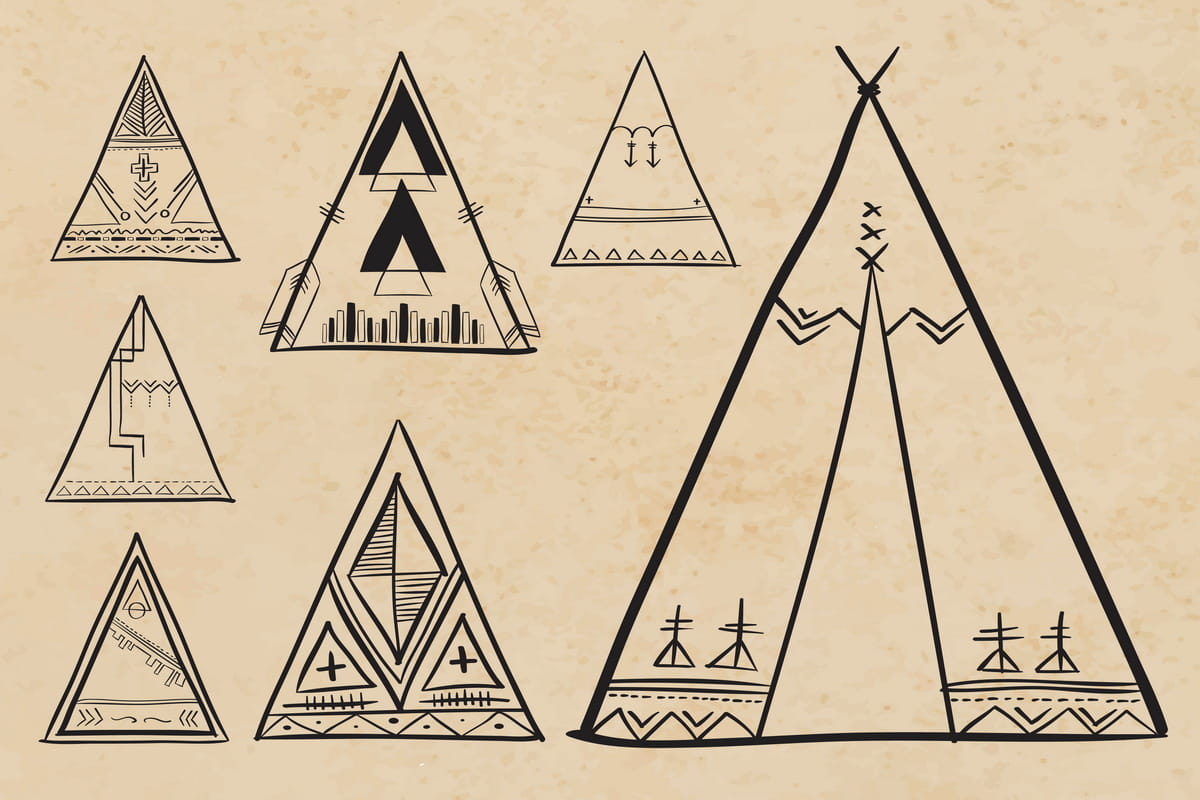Triangles, not just any triangles, but the isosceles triangles, have fascinated mathematicians since ancient times. From being integral in the design of the Egyptian pyramids built around 2600 BC to featuring prominently in Leonardo Da Vinci’s studies in the 15th century, these triangles have an illustrious history.
Before we delve into some intriguing fun facts about isosceles triangles, did you know that the word “triangle” dates back to the late 14th century? It’s derived from the Latin word “triangulus”!
1. The Ancient Definition: Tracing the Name “Isosceles”
The term “isosceles” wasn’t just pulled out of thin air. It hails from ancient Greece, where the love for math and geometry was unprecedented. Breaking it down: “isos” means equal and “skelos” translates to leg. So, our beloved triangle was aptly named for its two equal legs around the 5th century BC.
By the way, while many ancient civilizations had their take on geometry, it was the Greeks, with legends like Pythagoras and Euclid, who laid down principles we reference even today.
2. Equal Length Drama: The Two Identical Sides Tale
Having two identical sides isn’t just a cool feature, it’s a defining characteristic of our isosceles triangles. These equal lengths were a topic of great discussion in Euclid’s “Elements” penned around 300 BC. In fact, Book I Proposition 5 of “Elements” is dedicated entirely to proving the properties of isosceles triangles, underscoring its importance.
And, speaking of those equal lengths, the largest known isosceles triangle is part of the stars! In the Northern sky, the Summer Triangle’s sides Vega, Deneb, and Altair form an almost perfect isosceles.
3. It’s All About Angles: The Equal Angles Story
Angles, especially in isosceles triangles, tell their own tale. The base angles, always congruent, are one of the consistent features of this shape. This fact was so pivotal that by 2000 BC, ancient civilizations had drafts showcasing this property.
The consistency in these angles doesn’t just give the isosceles its unique shape but has been integral in architectural designs. Structures like the Eiffel Tower use this principle, with congruent angles ensuring stability and symmetry.

Image by vecstock / Freepik
4. From Egypt to Greece: Historical Use in Architecture
Triangles, particularly the isosceles variety, are etched into the annals of human civilization. Let’s zip back to around 2580 BC, the era of the Great Pyramid of Giza. This pyramid, with its triangular faces, leans on geometrical principles involving isosceles triangles. Now, a fast forward to Athens around 447 BC: the construction of the Parthenon began. Observing its façade, one can spot the influence of triangles in its Doric columns and pediments.
The wonders of isosceles triangles didn’t stop with ancient marvels. Contemporary architects still nod to these early principles, weaving them into modern designs.
5. Nature’s Isosceles: Discovering Triangles in the Wild
Nature, in its intrinsic wisdom, embraces geometry, and isosceles triangles are no exception. Ever observed the dorsal fin of certain fish like the sailfish? It’s a classic example of an isosceles triangle! Even the wings of some birds, when fully spread, form a close resemblance.
Such designs aren’t mere coincidences. They serve evolutionary purposes. For instance, the sailfish, with its fin resembling an isosceles triangle, cuts through water with greater agility. Mother Nature sure knows her geometry!
6. Right Angle Rendezvous: When Isosceles Meets Right Triangle
Here’s a fun fact: not all isosceles triangles are the same! Enter the right isosceles triangle—a delightful union of the isosceles and right triangle characteristics. With one right angle and two equal angles, this unique shape has properties from both worlds. Pythagoras would be giddy knowing that his theorem applies perfectly here!
From kites to flags, and even in the realm of computer graphics, the right isosceles triangle has made a significant mark. It balances both symmetry and function seamlessly.

Image: artfile.me
7. The Golden Triangle Connection: Beauty in Geometry
The Golden Ratio, symbolized by the Greek letter φ (phi), approximately equals 1.6180339887… This number has been an object of fascination for artists, architects, and mathematicians alike. It’s found in various aspects of nature, art, and architecture. Now, here’s the golden connection: the Golden Triangle, a unique isosceles triangle, fits right into this narrative. This triangle, unlike the usual isosceles, has angles measuring 36°, 72°, and 72°, ensuring its sides are in that magical golden proportion.
While the Parthenon or the pyramids might not be direct manifestations of the Golden Triangle, the principle of the Golden Ratio is evident in their proportions. It’s a testimony to how geometry, particularly triangles, plays a role in things we deem beautiful.
8. The Lopsided Sibling: Isosceles vs. Scalene Showdown
In the realm of triangles, isosceles and scalene triangles serve as a study in contrasts. Let’s dive into the nitty-gritty: The isosceles triangle is defined by two equal sides and two equal angles, lending it a sense of symmetry. Scalene triangles, on the other hand, don’t have any sides or angles of the same length or measure. This makes them incredibly versatile in geometry.
In applications, the isosceles triangle’s symmetry offers stability, often seen in truss bridges and roof structures. The unpredictable nature of scalene triangles, conversely, makes them indispensable in triangulation methods, crucial for satellite navigation systems and 3D computer graphics. So, while they may appear vastly different, both have carved out essential niches in the world of practical applications.

Image: franklinmslibrary.pbworks.com
9. Equilateral’s Close Cousin: Almost Three Equal Sides!
The equilateral triangle, with its three equal sides, might seem like the perfect sibling, but the isosceles isn’t far behind. While it might have just two sides of equal length, it shares more similarities with the equilateral than with any other triangle. Both are champions of symmetry in their own right!
This familial connection between the isosceles and equilateral triangles means they often find themselves used interchangeably in various fields, from graphic design to structural engineering.
10. Divide and Conquer: Bisecting the Vertex Angle
When you bisect the vertex angle of an isosceles triangle, you’re in for a treat. Not only do you get two equal angles, but you also split the triangle into two congruent right triangles. That’s right! Each side of the bisection becomes a height for the original triangle, offering a neat lesson in geometry.
This bisection property plays a pivotal role in the world of optics, particularly in lens designs where light needs to be split or refracted equally.
11. Hitting the Slopes: Inclination and the Isosceles
Ski slopes, ramps, and slides often boast an isosceles profile. Why? Well, the triangle’s equal sides ensure that the inclination or
slope is the same on both sides, providing a smooth, predictable descent. This symmetry doesn’t just serve thrill-seekers on snowy mountains; it also plays a pivotal role in engineering and design, ensuring stability and safety.
In skate parks, for instance, ramps often use the isosceles design to give skaters a consistent experience, allowing for more controlled tricks and jumps.

Image: offerup.com
12. Trigonometry’s Favorite Child: Sine, Cosine, Tangent Galore
Dive deep into the waters of trigonometry, and you’ll see the isosceles triangle swimming alongside sine, cosine, and tangent. It’s a match made in geometry heaven! The equal angles opposite the equal sides simplify many trigonometric relationships. Remember SOHCAHTOA from math class? Yep, the isosceles makes those ratios come to life.
In applications like signal processing and physics, these trigonometric relations are paramount. They help in predicting wave behaviors or analyzing forces.
13. Area Amazement: Unveiling the Space Within
The area of an isosceles triangle can be a magical revelation. Using the formula ½ x base x height, one can uncover the space it encapsulates. This isn’t just a mathematical exercise; architects and designers use this to optimize space in structural designs.
Take the Louvre Pyramid, for instance. Its isosceles triangular faces are a perfect embodiment of area optimization while ensuring an aesthetic appeal.
14. A Staple in Space: NASA’s Isosceles Affair
You might not associate triangles with space exploration, but isosceles triangles have been crucial in the design of certain spacecrafts and satellites. Their symmetrical properties offer balanced aerodynamics, ensuring stability during launch and orbit.
NASA’s Orion spacecraft, designed for deep space missions, boasts some isosceles features.
15. Bridging the Gap: Isosceles in Modern Infrastructure
Drive through any modern city, and you’ll likely cross a bridge or two. Many of these bridges employ isosceles triangles in their trusses and supports. The equal length of the two sides ensures an even distribution of weight and force, making for more stable and resilient structures.
The iconic Golden Gate Bridge in San Francisco, with its repeating triangular patterns, is a testament to this design principle.

Image by wirestock / Freepik
FAQ
What is unique about an isosceles triangle?
An isosceles triangle stands out in the triangular family because of its symmetry. Specifically, it has two sides of equal length, known as the legs, and the angles opposite these equal sides are also congruent. This symmetry not only gives it a distinct shape but also means it has certain consistent properties that other triangles might not have.
What are the 5 properties of an isosceles triangle?
- Equal Sides: The most defining property of an isosceles triangle is its two sides of equal length.
- Equal Angles: The angles opposite the equal sides (known as the base angles) are also congruent.
- Vertex Angle: The angle that is not a base angle, situated between the two equal sides, is referred to as the vertex angle.
- Perpendicular Bisector: The altitude drawn from the vertex angle to the base bisects the base into two equal halves and is perpendicular to the base.
- Angle Bisector: The angle bisector drawn from the vertex angle bisects the base into two equal segments and divides the triangle into two congruent right triangles.
Why are isosceles triangles important?
Isosceles triangles are paramount in both theoretical and practical aspects. Their symmetrical properties make them easier to analyze and understand in geometry, simplifying many mathematical proofs. In real-world applications, their predictable proportions offer stability, making them a preferred choice in architectural and engineering designs, such as truss bridges and certain roof structures.
What proof does isosceles triangles have?
The most classic proof concerning isosceles triangles is the “Base Angles Theorem” or the “Isosceles Triangle Theorem.” It states that if two sides of a triangle are congruent (thus making it isosceles), then the angles opposite those sides are congruent. The converse is also true: if two angles of a triangle are equal, then the sides opposite those angles are congruent. This theorem can be proven using various methods, including transformations, congruent triangles, or algebraic proofs.
What is a real life example of an isosceles triangle?
Real-life examples of isosceles triangles abound. A classic example can be seen in the “A-frame” houses, where the two sides of the roof slope down at the same angle, forming an isosceles triangle. Another instance is the yield traffic sign, which is an upside-down isosceles triangle. The structural stability and aesthetic appeal of the isosceles triangle make it a popular choice in various designs and symbols.
Are all isosceles triangles similar?
No, all isosceles triangles are not similar. While they do share the characteristic of having two congruent sides and angles, the actual measurements of those sides and angles can vary. Similar triangles must have corresponding angles that are congruent and corresponding sides that are proportional. While two isosceles triangles might have congruent base angles, their vertex angles (and thus their overall shape) might differ, preventing them from being similar.








